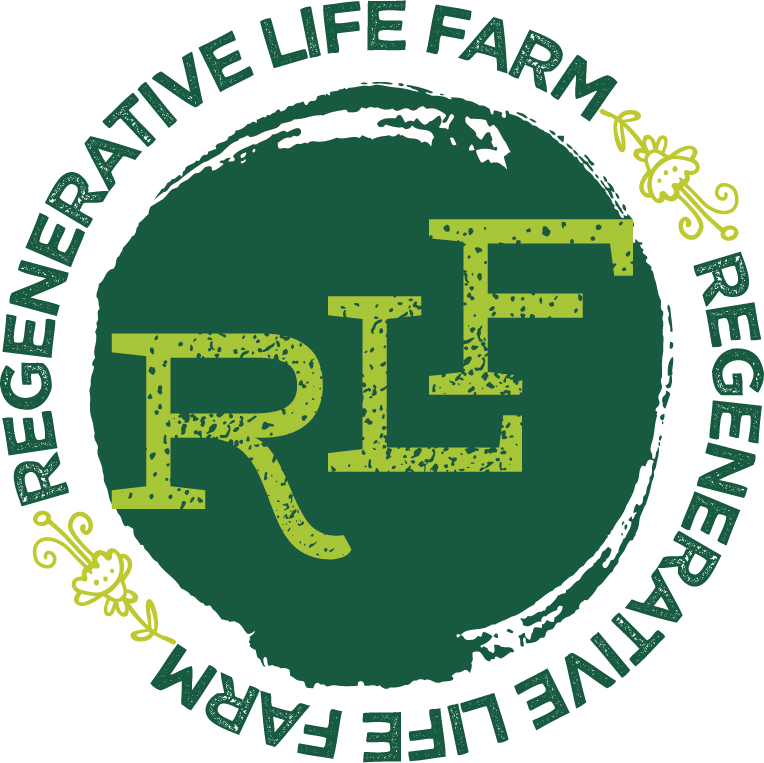Decentralized Food System
This was published in the June 11, 2020 edition of The Fish Wrap.
Over the last few months, everyone has experienced anxiety, whether about jobs, school, or social connection. But perhaps the scariest possibility is the breakdown of our food supply chain. We depend on large box grocery stores having stocked shelves and the wide network that the food travels to get there. 2020 has exposed the fragility of this centralized food system and started many people thinking about what a decentralized, local food system would look like.
The food system became centralized to meet consumer demand for cheaper food. As a result, food has become highly processed, cheap and unhealthy. Here’s a statistic to think about: Since the 1950’s, the price of food has dropped from 18% of the average person’s budget to 9%. At the same time, the medical cost of each consumer has risen from 9% to 18% of their budget. So is it worth it to have cheap food?
Are you old enough to remember when small towns were thriving? Every small town had a grocery store, butcher, baker, dairy, etc. And people spent a bit more money for the convenience of having truly local goods. A large percentage of people were active participants in the food production system rather than passive consumers, with local jobs so they didn’t need to commute. Today, many small towns have died, with few businesses and all of their food grown, produced and shipped by strangers and large corporations.
How could we get back to thriving downtowns and decentralized food? It starts with backyard gardeners and independent farmers and ranchers. Imagine your town with flocks of laying hens, pastures of cattle, trading seeds with your neighbors, and a local grocer that you can walk to with free smells from the bakery! Filling our basic needs of food and community starts with you!
